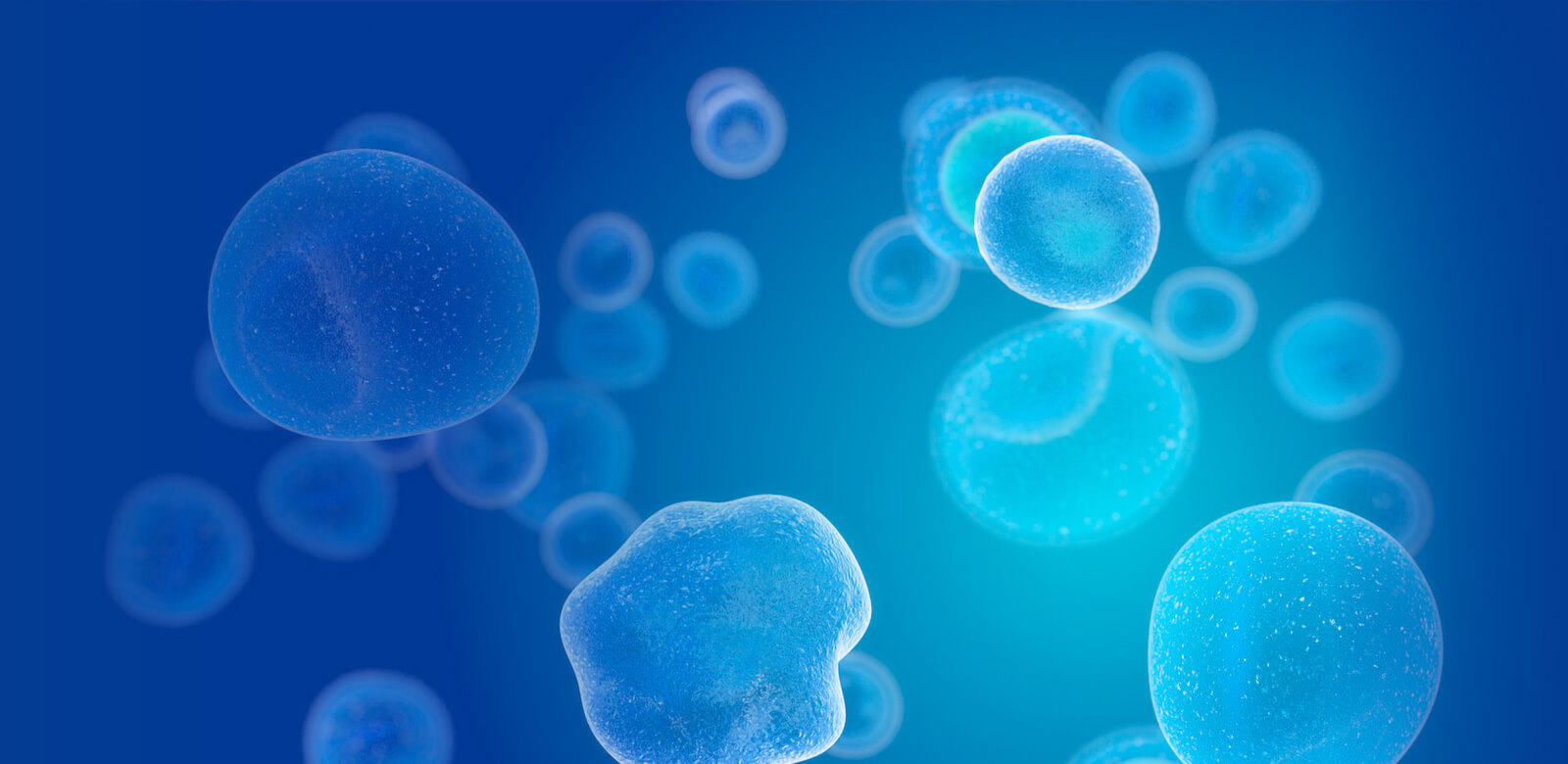 Published: January 24, 2020
Published: January 24, 2020
Most people have heard of “monosodium glutamate” (MSG), but ask them what it is, and most will say “a preservative?” Therein lies the tragedy. Because “MSG” is not a preservative, but an “excitotoxin”, and excitotoxicity is just as the name implies: toxic.
Contents
What Is ‘Free Glutamate’?

MSG is a white powdery substance discovered during the processing of soy and other protein foods. MSG is glutamate, a single amino acid, extracted during fermentation, isolation, hydrolyzation, and other processing methods. Thus, the glutamate in MSG is “free” from the other amino acids to which it was once bound. Glutamate in its natural, “bound” state, is not only harmless but healthful, just as Nature intended. But “free glutamates” when ingested in the diet, are a way in excess of what the body needs, and thus become excitotoxic.
How Is Glutamate Used in the Body?
When neurons synapse, glutamate is the neurotransmitter that provides the “spark” that causes one neuron to connect with another neuron. The body makes all the “free glutamate” (not bound to anything) needed to fuel this process. What is needed by the body is far less than the amount consumed in the typical “Western” diet. Excessive glutamate causes neurons to “fire wildly”, be damaged, and even die. During the process high levels of calcium ions enter cells activating various enzymes which damage components of the cell, the membrane, and the DNA.
Want to learn more about Glutamate and your body? Please contact us today!
How Does a Healthy Body Control Excessive Glutamate?

The body makes the enzyme glutamate dehydrogenase which breaks down glutamate, preventing a build-up of excess in a healthy body. But glutamate dehydrogenase has been found deficient in neurological diseases because of the underlying damage to the mitochondria, which is involved in healthy glutamate metabolism.
Excess glutamate activity has been found to be involved in nearly every neurological disease, eye diseases like macular degeneration and immunological diseases. This is not difficult to understand, given the fact that all of these diseases also have damage to the mitochondria at their core.
So to “recap”: The body makes all the glutamate it needs; Consuming any in the diet is way in excess and therefore toxic, And people with neurological or other damage to the body are unable to process even the amount the body makes naturally. So what does this all mean? It means we must stop consuming free glutamates in the diet or suffer even more cellular damage leading to worsening of diseases.
Now here’s the “rub”. Food manufacturers have been given the “green light” to put free glutamates by the tons annually into their products without even letting consumers know it’s in there, just so long as it is hidden within another substance. This is like telling someone who is deathly allergic to red, that when they consume orange not to worry. Everyone knows it takes red and yellow to make orange. That’s what food manufacturers are doing hiding glutamate in substances you won’t recognize.
Why do they do it? For glutamate’s “excitotoxic” action. The minute free glutamates touch your taste buds, they “stand at attention”, and the greater surface area “tastes” food to a greater degree than would have occurred otherwise.
In this way, inferior foods taste superior to what they actually are. In addition, people actually become addicted to foods that contain free glutamates, hence the Western world’s addiction to “fast foods” – rife with free glutamates. Becoming addicted to foods translates to higher sales of course. But as we know, the free glutamates go on to “excite” other cells in the body – even to death.
The names of compounds which contain free glutamates include: glutamic acid, calcium glutamate, magnesium glutamate, yeast extract, anything hydrolyzed or modified (like modified corn starch), calcium caseinate, sodium caseinate, yeast food, yeast nutrient, autolyzed yeast, gelatin, texture protein, and processed soy products, anything where enzymes or protease has been added, whey protein isolate, and often when the product contains citric acid (it’s the poor processing of citric acid that generates free glutamates). Beware, as well of any ingredient merely listed as “seasoning” or “natural flavoring”, or “protein-fortified” as the Food and Drug Administration allows food manufacturers to call free glutamates by those monikers as well.
Do natural foods contain free glutamates? The truth is when foods with any level of glutamate is cooked long, and/or processed, glutamates are released and concentrated which then becomes a problem. Tomatoes are the perfect example because when you eat a fresh tomato the glutamate is bound and you can only eat one, maybe two. No problem at all. But how many tomatoes can you eat if they are made into a sauce? Well, the answer is that you could easily drown that spaghetti in 6-8 tomatoes that have been cooked down, the glutamate released, and concentrated. Watch out migraineurs, but also anyone wanting to protect neurons or overcome a disease already in progress. Those who say there are “free glutamates” in the tomato or other natural foods are not quite accurate, because, in Nature, there just isn’t any amino acid that exists alone!
How Do You Protect Yourself from Dietary Free Glutamates?
Fortunately, it’s the very thing everyone who wants to prevent or overcome disease should do anyway!
Eat only pure, fresh, whole foods, many raw, and preferably organic (no pesticides). When you cook, use whole foods (not canned, packaged or processed) and cook gently, using only extra virgin olive oil, natural salt, pepper, and herbs for seasoning. If you ever consume anything packaged or prepared by others, read the ingredient list, and make sure there are no added free glutamates.
When you consume highly processed foods, free glutamates are either generated in the processing or added within one of the many hidden sources manufacturers are sneaking in on you. If you eat out, avoiding free glutamates takes a great deal of motivation and perseverance, as nearly every single thing seasoned by others contains free glutamates. It’s one reason food “out” seems to taste so much better than “homemade”. It’s also one reason people who are not perfectly healthy often don’t feel as well after eating out, however.
Bon appétit!





